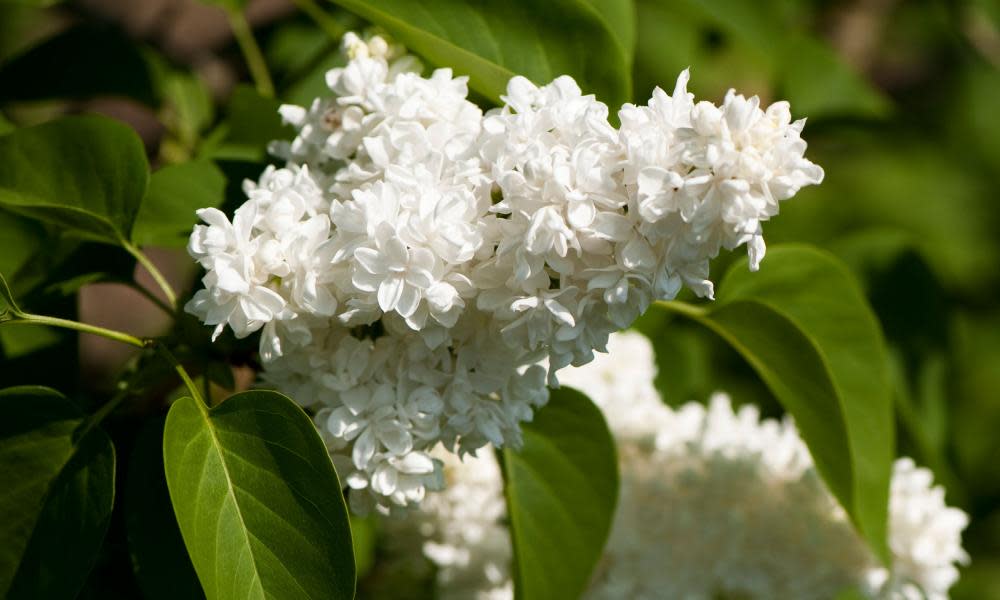Spring arrives earlier than ever recorded in southern US – adding to climate trend

Across the south-eastern US, trees are unfurling their clouds of leaves after winter. Yet this picturesque and usually welcome development is this year cause for consternation.
New data from the USA National Phenology Network (USA-NPN) shows that in parts of North Carolina, South Carolina and northern Florida, spring has arrived more than three weeks earlier than average, and earlier than at any point in the last 39 years it has been tracked.
The south-eastern US has historically experienced a large amount of variability in the onset of spring, so it is hard to say the climate crisis is directly responsible. Yet this year’s premature spring is part of a trend of rising temperatures and early leaf emergence that scientists have observed in recent years.
Phenologists – who study seasonal phenomena in the natural world – calculate the start of spring based on observations of “leaf-outs” (the appearance of tiny leaves on trees), blooms for species active in early spring (such as lilac and honeysuckle) and weather events and temperature conditions. The Extended Spring Indices have been used as an indicator of climate change by the US Environmental Protection Agency and the National Climate Assessment.
A 2016 study by the National Park Service found that of the 276 parks studied, three-quarters are experiencing the impacts of an early onset of spring, and half of the parks are experiencing an “extreme” early onset, as compared to historical averages. This 2020 early spring is currently affecting such beloved parks as Congaree in South Carolina and parts of Great Smoky Mountains on the border of Tennessee and North Carolina.
Because plants and animals take their cues in part from seasonal rise of temperatures, warming springs can cause plants to bloom earlier, alter hibernation times and locations for migrating animals, and increase some insect populations. Plants blooming before their pollinators are available or aggressive seasonal insect populations can threaten agricultural yields and drive up food prices. And because the weather is still volatile at this time of year, subsequent cold temperatures can damage flowers and fruits.
Early spring can also impact recreation. In national parks, changes in seasonal timing affects the hiring seasonal staff and the management of invasive species and wildfire threats. And in Washington DC, for example, the annual National Cherry Blossom Festival is timed around updates from National Park Service horticulturalists on bloom development. Peak bloom this year is predicted for 1 April – earlier than many years, but later than 2016 or 2017.

